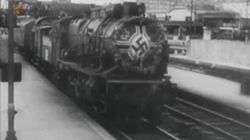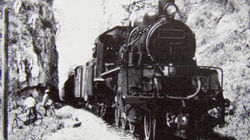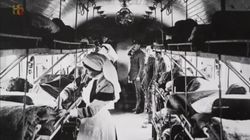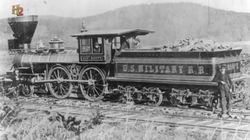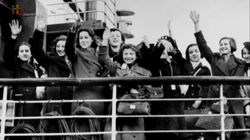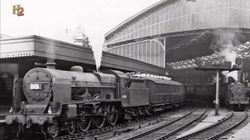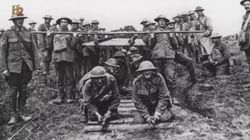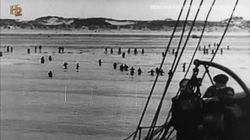Nazi Railways
Episode: 1x01 | Airdate: Nov 25, 2015
Nazi Germany boasted that its locomotives were faster and more innovative, and this program examines that claim by looking at the "flying trains". The Reichsbahn was responsible for the army's massive railway guns and using the stunning archive of a surviving K5 gun in action, military historian Al Koenig explains its success. Hitler preferred automobiles to the train, and historian Christian Wolmar argues that this was a fatal flaw - leading to defeat in Russia. Through the story of two Auschwitz survivors, we reveal how an entire railway network, involving thousands of people, was used to carry out mass murder.



